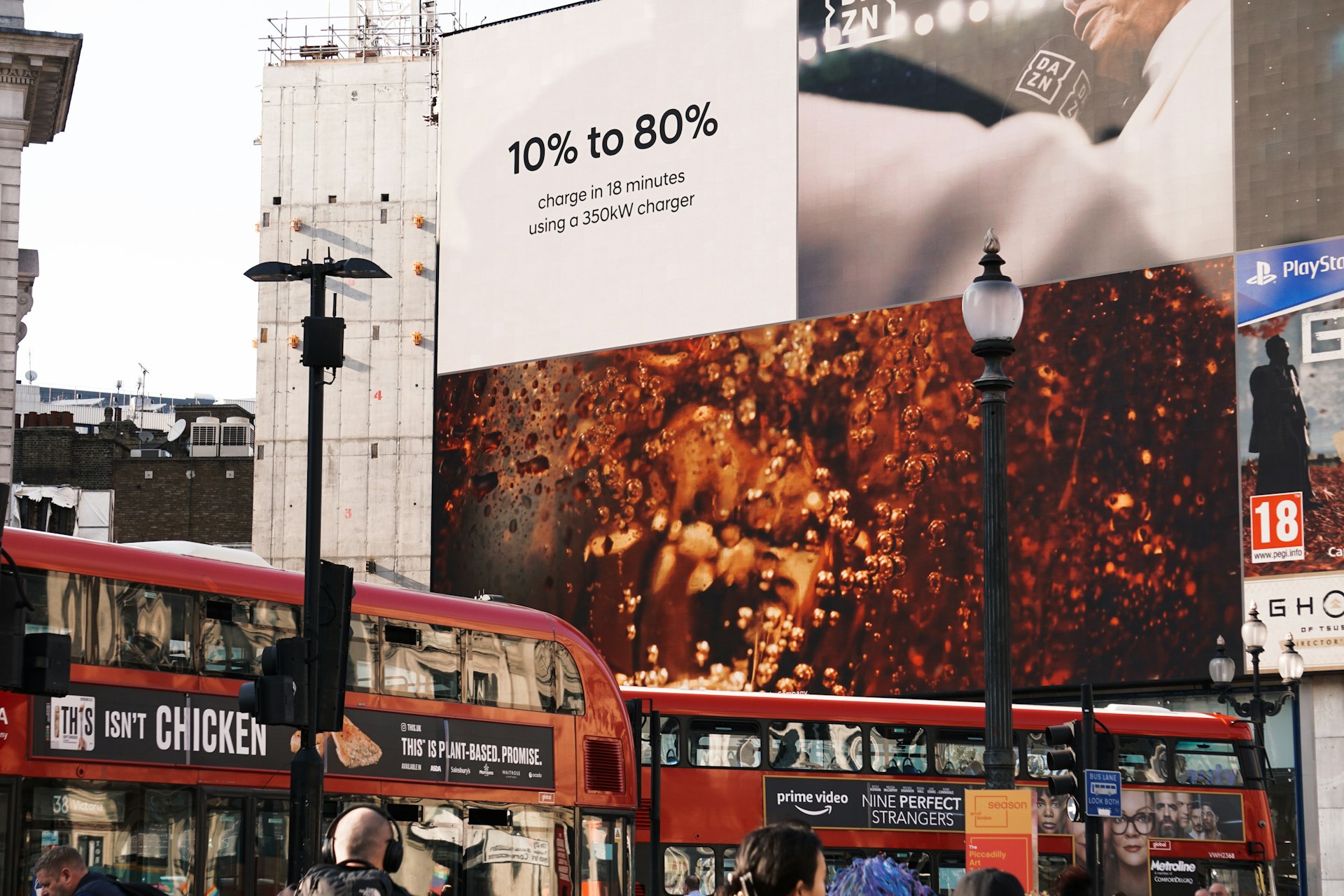Building Customer Engagement: Next-Generation Loyalty Programs in Digital Marketing

Photo by Diego Romeo on Unsplash
Introduction: The New Era of Loyalty in Digital Marketing
Customer loyalty programs are undergoing a major transformation. What once revolved around collecting points and redeeming rewards has evolved into highly sophisticated, data-driven strategies designed to create deep, lasting relationships between brands and consumers. As digital marketing matures, next-generation loyalty programs are leveraging artificial intelligence (AI), predictive analytics, and mobile-first experiences to deliver tailored, engaging interactions that go far beyond simple transactions [1] .
Key Innovations in Next-Generation Loyalty Programs
Artificial Intelligence & Personalization
Modern loyalty initiatives rely heavily on AI and machine learning to analyze vast amounts of customer data. This enables brands to identify unique shopping behaviors, predict future needs, and deliver hyper-personalized offers. For example, a frequent traveler may receive targeted airport lounge access while a fitness enthusiast gets exclusive health product discounts. These individualized experiences not only increase engagement but also strengthen emotional loyalty [1] [2] .
Mobile Integration & Omnichannel Experiences
The shift to mobile apps has redefined how loyalty programs operate. Leading brands such as Starbucks and Target have migrated their loyalty features to user-friendly apps, enabling seamless participation, instant rewards, and push notifications. When customers use these apps for purchases, brands gain access to detailed transaction data, allowing them to further refine and personalize reward offerings. This omnichannel approach ensures that whether a customer shops in-store, online, or via mobile, their experience remains consistent and rewarding [4] .
Gamification and Community Building
Loyalty programs are increasingly incorporating gamification elements, such as challenges, badges, and leaderboards, to motivate participation and foster excitement. In addition, active community features-forums, social sharing, and group rewards-help build a sense of belonging. This is particularly important for attracting Gen Z and millennial consumers, who report abandoning programs that feel impersonal. Studies show that programs with vibrant communities can significantly boost enrollment and engagement rates [5] .
Implementing a Next-Generation Loyalty Program: Step-by-Step Guidance
Step 1: Define Clear Objectives and Metrics
Start by identifying the specific goals you want to achieve, such as increasing customer retention, boosting average transaction value, or generating referrals. Traditional metrics like redemption rates are no longer sufficient; instead, focus on measuring customer lifetime value, engagement quality, and emotional loyalty. Use advanced analytics platforms to track these metrics in real time [3] .
Step 2: Choose the Right Technology Platform
Select a loyalty program platform that supports scalability, integration with your existing systems, robust analytics, and customization. Consider how the platform handles mobile experiences and omnichannel participation. Avoid the temptation to choose solutions based solely on price-prioritize technology that aligns with your long-term vision and brand values [3] .
Step 3: Prioritize Data Privacy and Compliance
With consumers and regulators increasingly concerned about data privacy, ensure your loyalty program complies with all relevant regulations (such as GDPR or CCPA). Be transparent about data collection and usage, and offer customers meaningful choices about their information. Nearly 40% of marketers report balancing privacy compliance with personalization as a top challenge, so investing in privacy-first technology is essential [2] .
Step 4: Design for Engagement and Emotional Connection
Move beyond transactional rewards by incorporating elements that foster an emotional bond. This could include surprise-and-delight offers, exclusive content, early access to new products, or charitable giving. Encourage feedback and co-creation by involving customers in the design and evolution of your program. Programs that adapt to member preferences and encourage community interaction tend to outperform static, one-size-fits-all schemes [5] .
Step 5: Launch, Measure, and Optimize Continuously
Begin with a soft launch to a select group of users. Collect feedback and monitor engagement before rolling out more broadly. Use machine learning and analytics tools to identify patterns, predict churn, and adjust program elements proactively. Continuous optimization based on real customer data is critical-successful loyalty programs are dynamic, not static [3] .
Real-World Examples and Case Studies
Large retailers like Starbucks and Target have demonstrated the power of mobile-first loyalty programs. Their apps provide instant access to rewards, personalized offers, and exclusive experiences, significantly increasing both engagement and spend. Similarly, travel and financial services companies are building cross-brand alliances to offer more holistic, lifestyle-oriented rewards, such as combining airline miles, hotel stays, and credit card perks [4] .

Photo by sarah b on Unsplash
Smaller businesses can also succeed by focusing on community and personalization. For example, boutique retailers may build VIP clubs with member-only events, while DTC brands can use gamified challenges and social missions to increase advocacy and retention.
Challenges and Solutions
Despite the opportunities, brands face several challenges in deploying next-generation loyalty programs. Key hurdles include:
- Balancing personalization with privacy: Invest in privacy-centric technologies and clear communication to build trust.
- Demonstrating ROI: Shift focus from short-term redemption rates to long-term metrics like lifetime value and brand advocacy.
- Organizational alignment: Foster collaboration across marketing, IT, and customer service to ensure the program is a company-wide priority, not just a marketing initiative.
Regularly seek customer input and be prepared to pivot your strategy as technology and consumer expectations evolve [2] .
Alternative Approaches and Future Outlook
Some brands are experimenting with blockchain-based loyalty platforms that enable secure, transferable rewards. Others are integrating sustainability and social impact into their programs, allowing customers to donate points to charity or support eco-friendly initiatives. The future points toward even greater personalization, real-time engagement, and a holistic approach to customer relationships [3] .
To learn more or get started, consider the following steps:
- Consult with digital marketing vendors specializing in loyalty solutions to discuss integration and customization options.
- Engage with industry forums and attend webinars on loyalty program trends and best practices.
- If you’re seeking a technology partner, search for reputable loyalty platform providers with strong track records in your industry.
References
- [1] Social Firm (2025). The Evolution Of Customer Loyalty Programs In 2025.
- [2] OpenLoyalty (2025). Loyalty Program Trends 2025 Report.
- [3] BrandMovers (2025). Customer Loyalty Trends 2025: A Guide to What’s Actually Working.
- [4] PaymentsJournal (2024). The Future of Loyalty Programs.
- [5] Marketing Dive (2025). Loyalty programs with active communities appeal to Gen Z, study finds.
MORE FROM eboxgo.com













